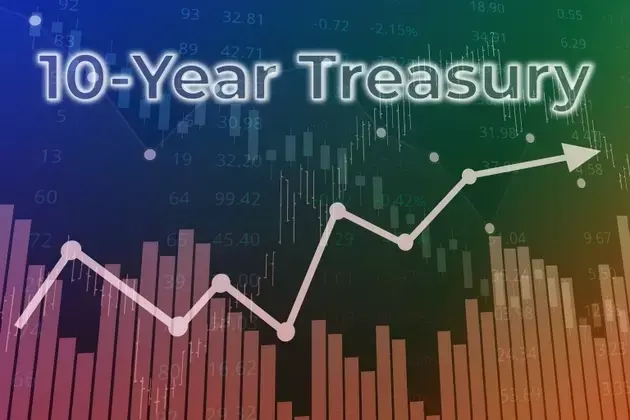
In recent times, financial markets have observed a notable steadiness in the 10-year Treasury yield, consistently staying close to 4%. This constancy has persisted even as inflationary pressures have lingered, maintaining a rate near 3%. This scenario challenges conventional expectations, as many would anticipate a rise in long-term interest rates in response to sustained inflation. However, this stability can be largely attributed to shifting anticipations regarding future inflation and a central bank policy that has begun to emphasize the importance of labor market stability alongside price control.
The Federal Reserve's approach has gradually adjusted, particularly as labor market conditions exhibited signs of easing through 2025. This recalibration suggests a move towards balancing inflation management with employment objectives, indicating a more flexible monetary policy stance. Consequently, the central bank has placed greater weight on mitigating potential risks to employment, rather than solely focusing on suppressing every last vestige of inflation. This strategic shift has undoubtedly played a role in anchoring long-term bond yields.
From an investor's perspective, the current 10-year Treasury yield, situated around 4%, offers a compelling return. After an extended period characterized by exceptionally low interest rates, this yield level signifies a resurgence of meaningful income generation opportunities. This makes fixed-income investments, particularly government bonds, an attractive option for those seeking stable returns and a predictable income stream in a fluctuating economic environment.
The sustained stability of the 10-year Treasury yield amidst ongoing inflation is a testament to the intricate interplay of economic forces and policy decisions. It highlights a maturing financial landscape where expectations and policy adaptations play a crucial role in shaping market outcomes. This environment, while complex, ultimately presents new avenues for investors to secure consistent returns, reinforcing the importance of strategic and informed investment choices.
